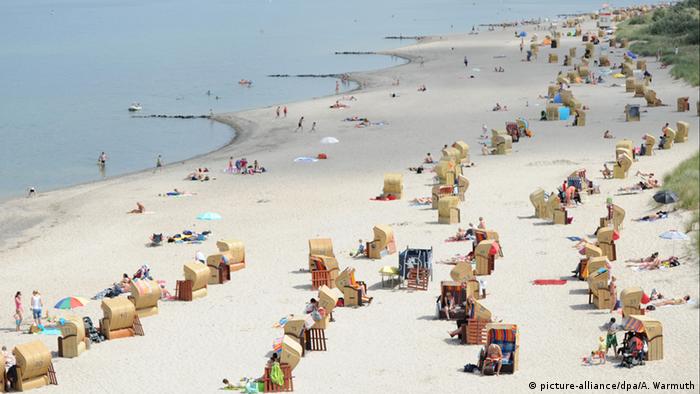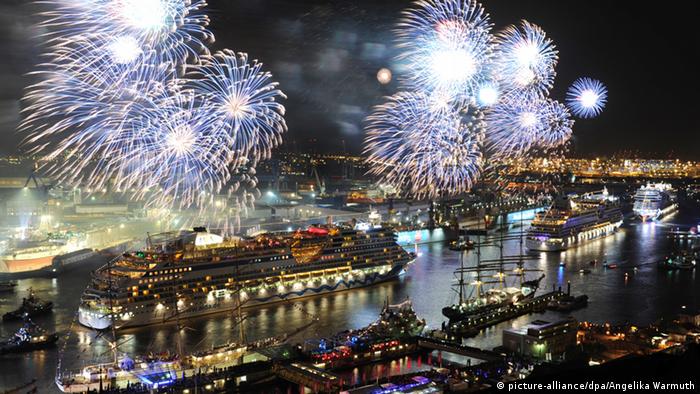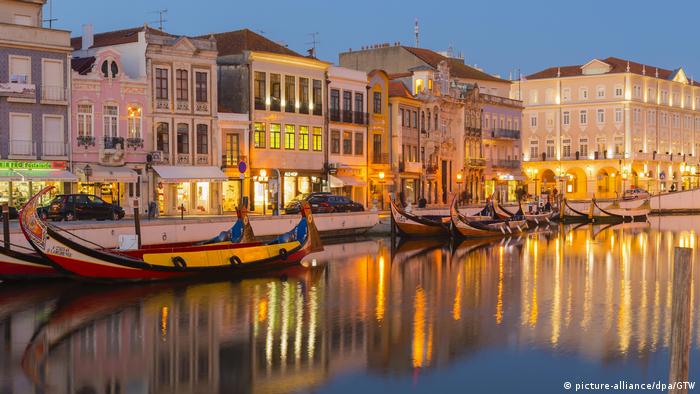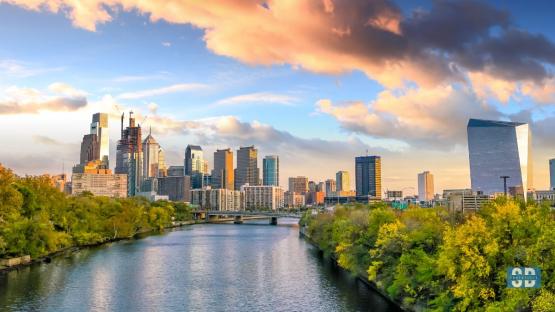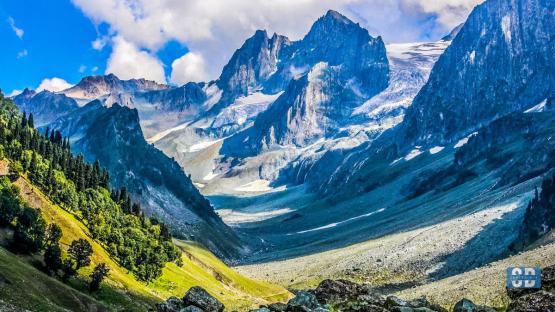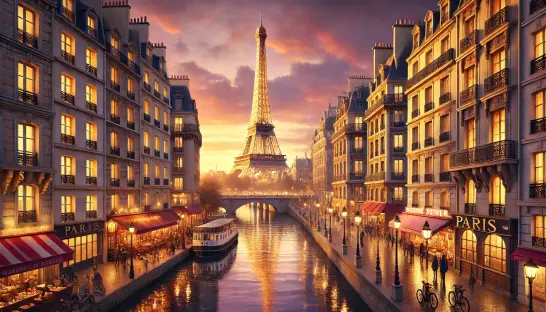State elections will take place on May 8th in the federal state between the Baltic and North Seas. The elections may not be a reason to visit the northernmost state - but the beautiful beaches, islands, and port cities are.
The cultural capital of the north
The maritime flair of Schleswig-Holstein also characterizes the Hanseatic city of Lübeck with its old town surrounded by water. With around 1800 listed buildings and historic streets, it is a UNESCO World Heritage Site. The Holsten Gate, the city's landmark, is particularly worth seeing. The late Gothic building dates from the 15th century and is one of the remains of Lübeck's city fortifications.
Ship ahoy!
Once a year, the state capital of Kiel on the Baltic Sea becomes the tourist focus when the international sailing event "Kiel Week" takes place. Around three million guests watch the spectacle, which includes sailing competitions as well as concerts of a wide variety of music genres. The highlight of the festival is the "Windjammer Parade", where around 100 traditional sailors lift their anchor.
Beach and party vacation on Sylt
It's hip, beautiful - and often fully booked in summer. The island of Sylt in the North Sea is one of the most popular islands for Germans. During the day, tourists throng Westerland's trendy beach, in the evening they flock to the clubs and bars - and with a little luck, they may even meet a celebrity or two there.
Walk through the sea
Sylt is surrounded by the Wadden Sea, one of the most biodiverse landscapes in the world, which was declared a UNESCO World Heritage Site in 2009. At high tide, only the islands look out of the water, at low tide a wide muddy desert stretches to the horizon. On mudflat hikes, visitors can observe the many crabs, mussels, snails, and worms on the seabed.
Beach chair, sea, white sand
On the other side of Schleswig-Holstein stretches the Baltic Sea with its mild climate and numerous beaches. There are 20 on the island of Fehmarn - including white sandy beaches for relaxing and cliffs for adventurers. With around 2200 hours of sunshine a year, the island is one of the sunniest regions in Germany. So bathing suits out and into the water!
Fishing luck
Water also plays a major role inland. Holstein Switzerland includes over 200 lakes surrounded by hills and deciduous forests. Glaciers once formed the varied landscape, which is home to rare animal species such as the white-tailed eagle. Many fish cavort in the oxygen-rich water: a paradise for anglers.
Rest and relaxation on the Schlei
What looks like a river is actually an arm of the sea that has made its way around 43 kilometers inland. The Baltic Sea fjord Schlei offers pure relaxation for those seeking peace and invites you to hike as well as to cycle and go boating. The Schlei was formed during the Ice Age 115,000 years ago and is considered one of the most beautiful landscapes in Germany.
Time travel to the Vikings
Trade and bartering took place here: Haithabu is located on the banks of the Schlei - from the 9th to the 11th century it was a flourishing trading center for the Vikings and one of the first cities in Northern Europe. Up to 2000 people of different cultures lived here: Saxons, Frisians, Slavs, and Scandinavians. The Viking Museum Haithabu takes visitors back in time.
Wild West in Bad Segeberg
In Bad Segeberg, the journey through time does not lead to the Vikings, but to the Wild West. Since 1952, the adventures of Karl May's heroes have been performed here annually on the "Kalkbergarena" open-air stage. Of course, the classics include the stories about Winnetou and Old Shatterhand.
That whining!
The residents of Flensburg are considered taciturn and reserved. No wonder those who live here have to contend with a harsh climate. This makes your throat dry and makes you want a bitter beer. The famous "Flens" is brewed in Flensburg, one of the autumn Pilsners in Germany. His trademark is the pop when opening the beer bottle. The Flensburg would say: "That flenst!"

